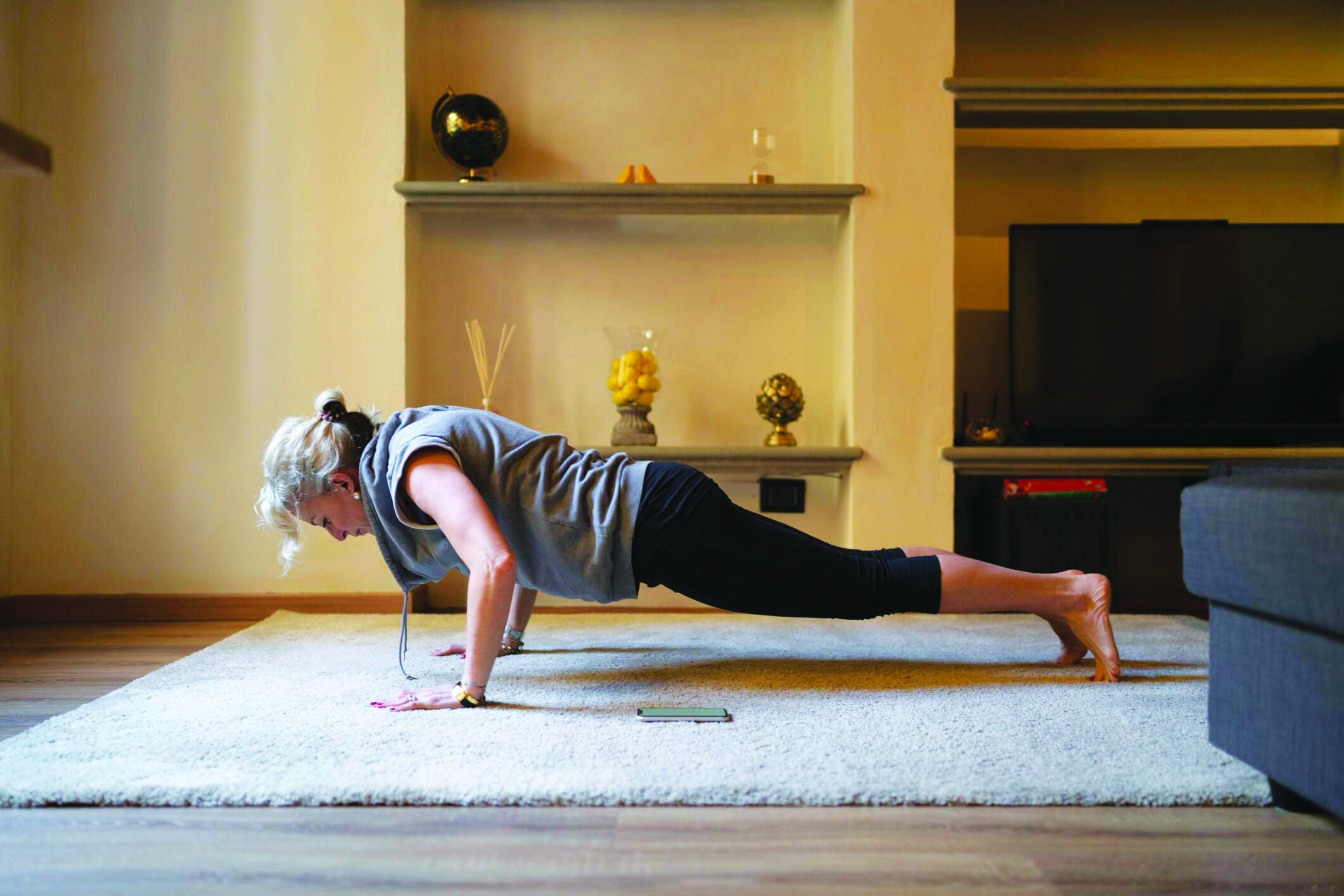I
t’s been a few months since the New Year and if you are like me one of your New Year’s resolutions was to get healthier. However, with each passing day that goal drifts further away.
Don’t be so hard on yourself. Most people struggle to keep their New Year’s resolutions. Many times, the goal is too specific so when we fall short of it, we consider ourselves a failure. You planned to exercise four times a week but did three instead. Not hitting that specific goal left you feeling disappointed and more encouraged to quit. The sad thing is that working out three days in a week was probably a huge improvement, but you were robbed of celebrating that.
Let us try another approach. This time try focusing on open-ended goals. Rather than having a specific goal like walking 10,000 steps every day, say you will do something active today. That way, it doesn’t matter what activity you do, or for how long you do it, what matters is you were active.
Consume Fewer Calories & Choose Whole Foods
Another reason people fall short of their health-related New Year’s resolutions is because they don’t know what to eat. They think they should be on a diet but are clueless about what choices to make or how much to consume. If this is you, you’re not alone. So many people struggle with eating a healthy diet. Here are some tips:
If weight loss is your goal, focus on being in a deficit. You don’t need to be in a large deficit; 200-400 calories less per day is a good start. I always recommend starting with a smaller deficit and seeing how it goes for a few weeks. If you’re losing weight while eating more, then why eat less?
While in a deficit, it’s best to eat whole foods. Whole foods are foods found in nature, closest to their natural form, with minimal processing. Examples are fruits, vegetables, whole grains, fats from avocados and nuts, and proteins both from animal sources and plant sources. The benefits of eating whole foods are endless. They provide your body with essential nutrients but also fill you up. When you’re in a deficit, eating a whole-food diet will keep you fuller while consuming fewer calories. This is because a whole food, like an apple, is far more filling than a teaspoon of chocolate chips. However, both will hold the same number of calories. Focus on eating more with fewer calories when in a deficit.
Work Out at Home
This year, many people may struggle to make it to the gym. The threat of COVID-19 has many afraid or the gym is closed. Here is a workout you can do from home and still achieve great results. Every time you do the workout, focus on progressing. Either beat your time, add time to the clock, or add weight.
Set the timer for 20 minutes. To make the workout more challenging, add weight and time. Rest when needed.
Remember, your goals do not have to be all or nothing. Challenge yourself with open-ended goals to see how much you can achieve this year. Every step forward is progress toward living a healthier more productive life this year and every year after.
10 pushups
20 V-ups
30 air squats
40 back lunges
50 jumping jacks
60 second plank hold
70 mountain climbers
80 bicycle crunches
90 crossbody mountain climbers
100 high knees
(See the online magazine for pictures if you’re not familiar with the exercises.)
http://apex.suburbanlivingmag.com/flipbook/mobile/index.html#p=26
Nidaa Hossenlopp is a personal trainer and creator of Trufitness with Nidaa. She is a wife, mother of 2, and dedicated to educating women and men about the benefits of exercise for the mind, body and soul. For more health and fitness ideas or questions about your fitness journey contact her at trufitnesswithnidaa@gmail.com or visit her website at trufitnesswithnidaa.com. You can also follow Nidaa on Instagram @trufitnesswithnidaa and Facebook @Trufitness with Nidaa.








